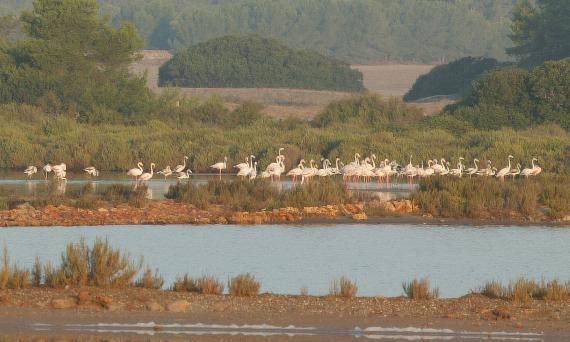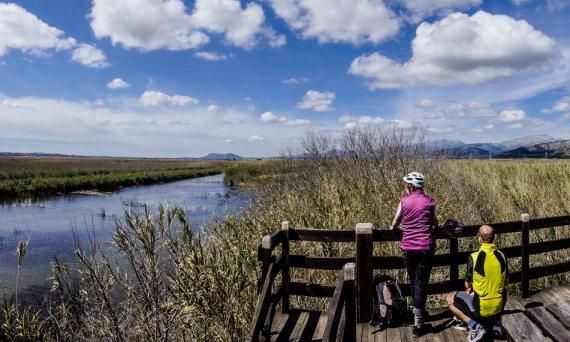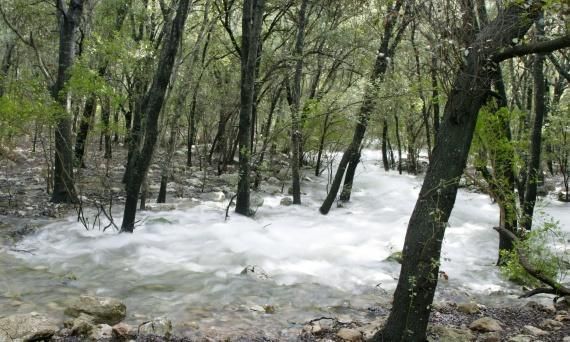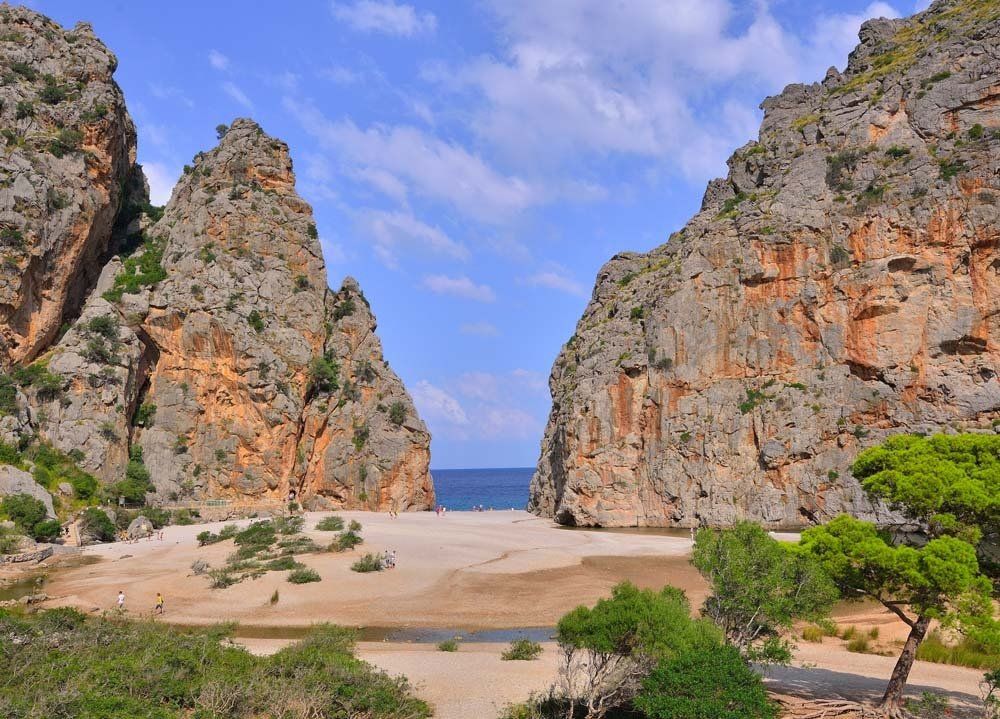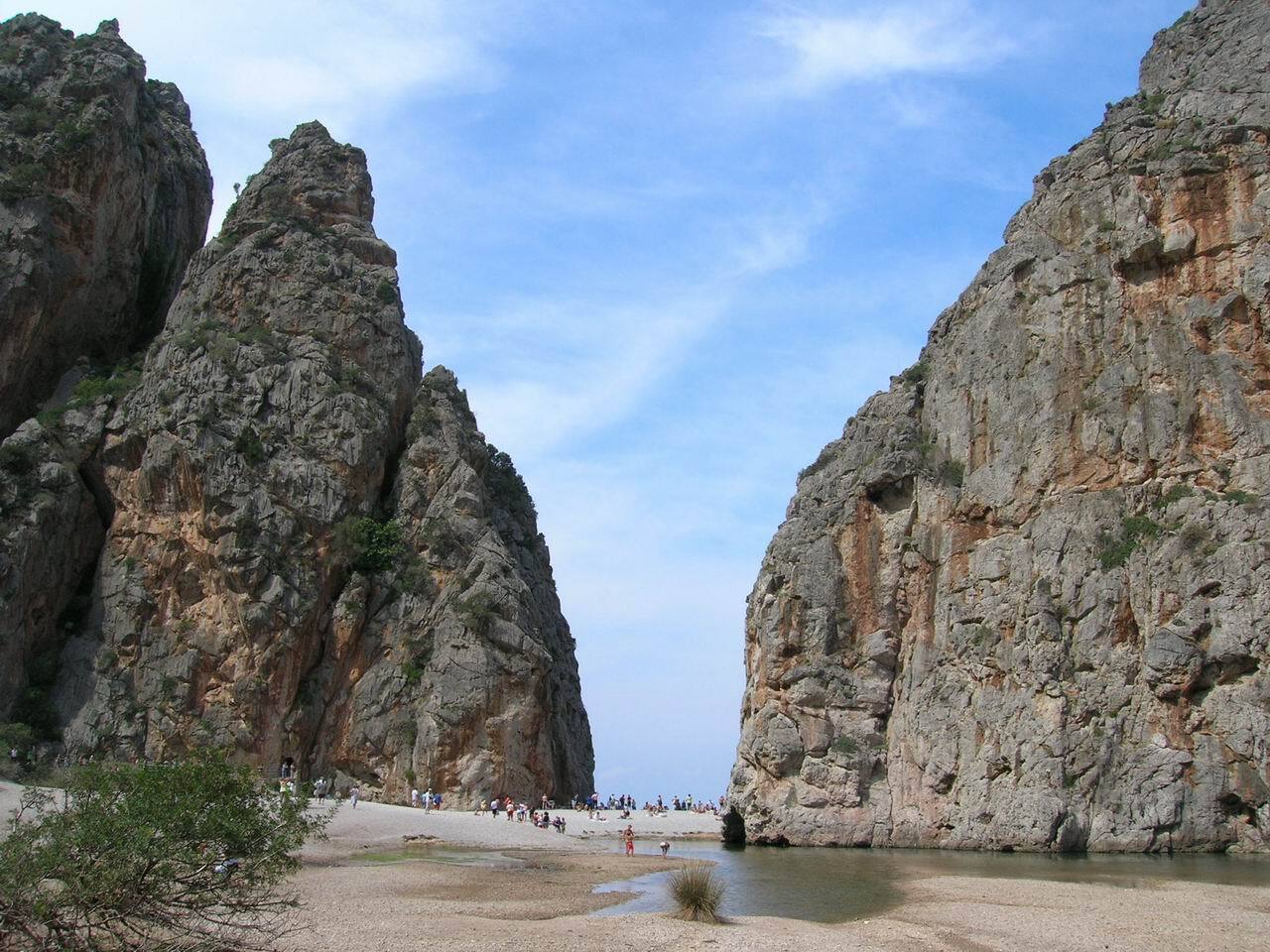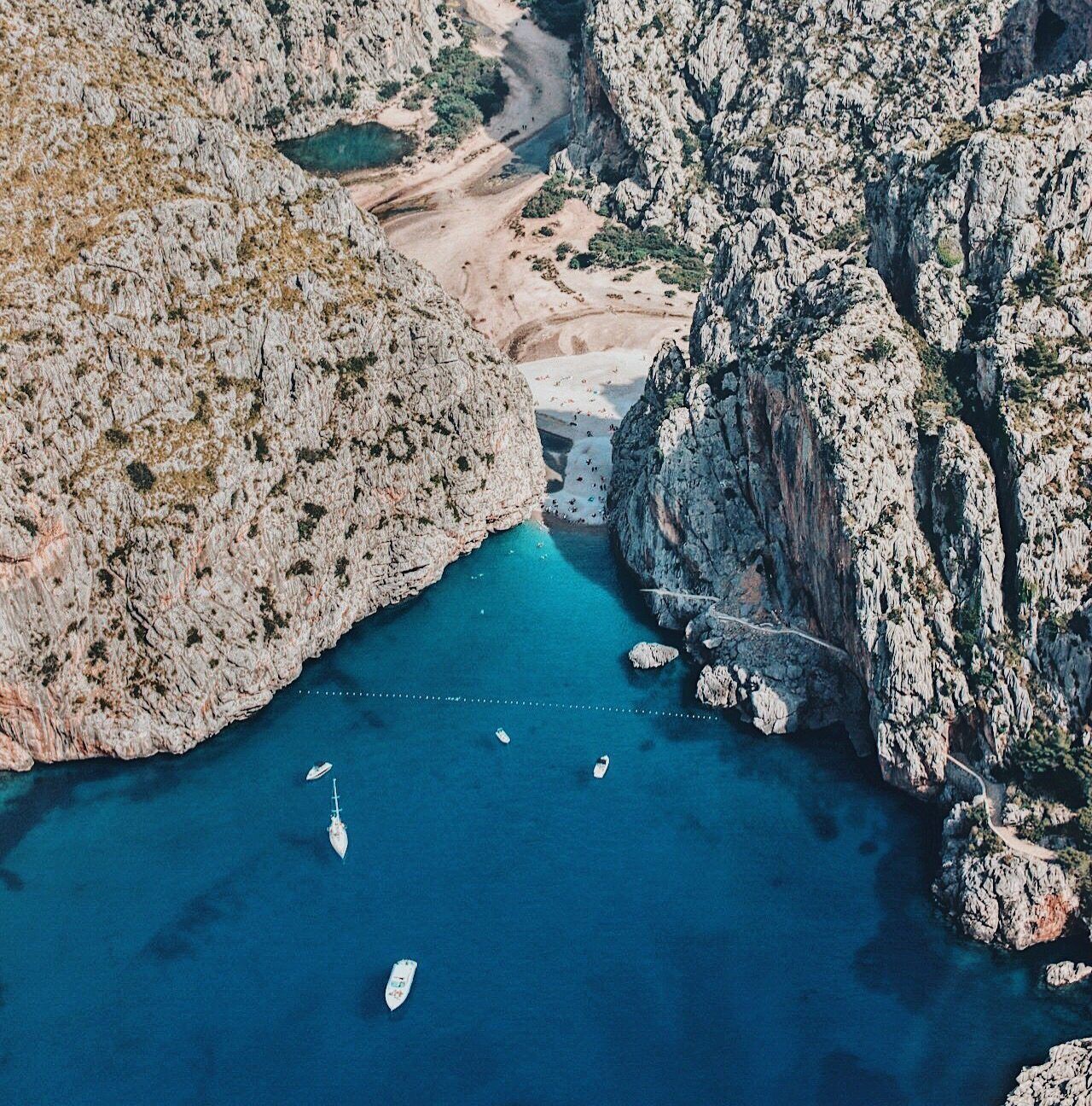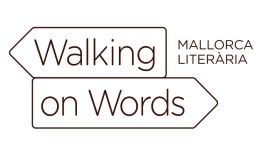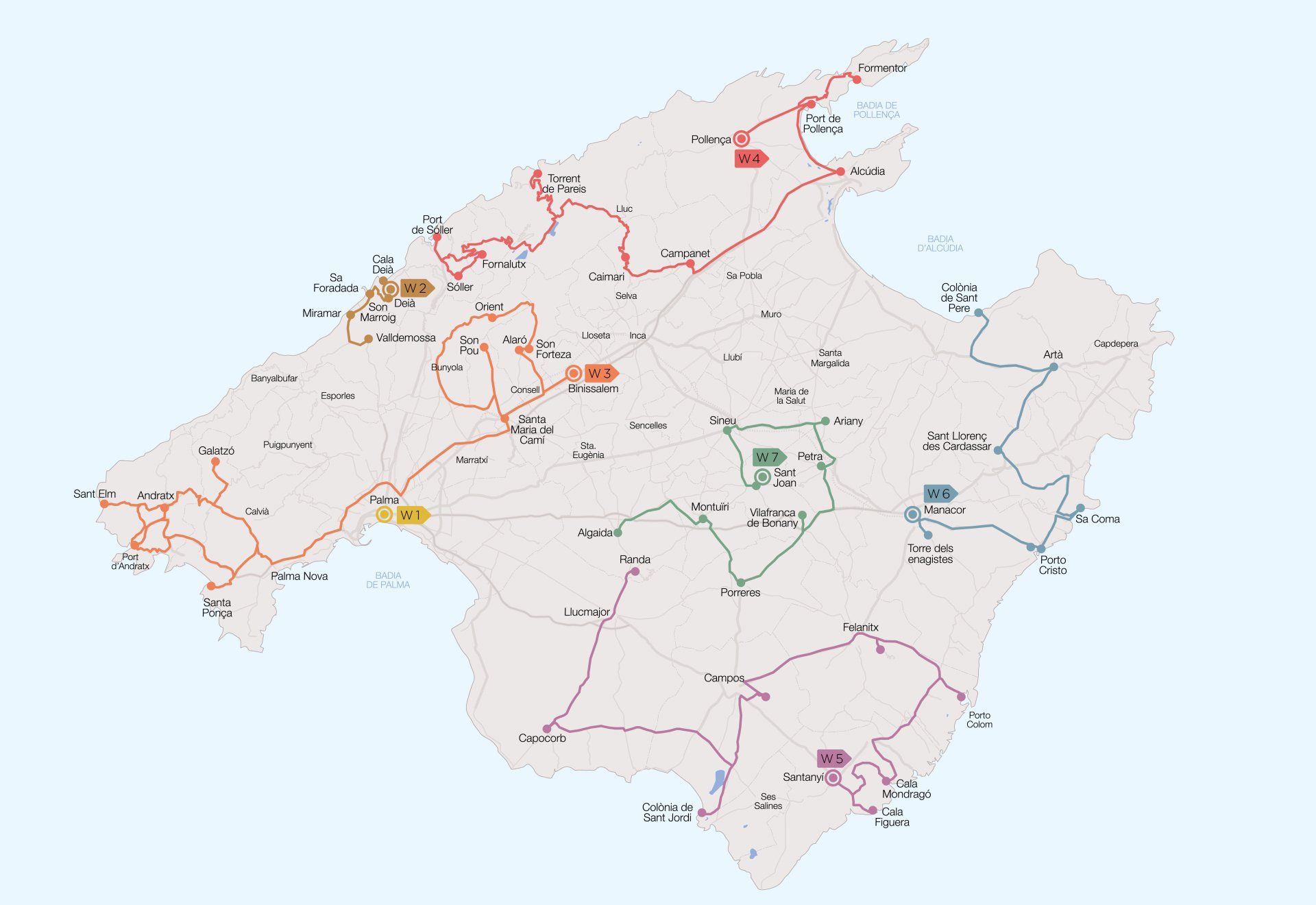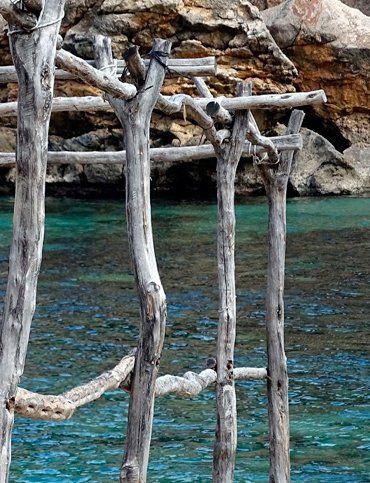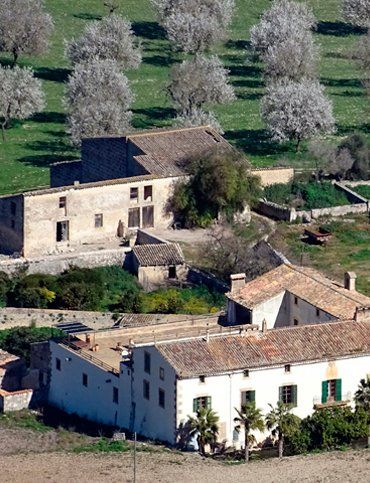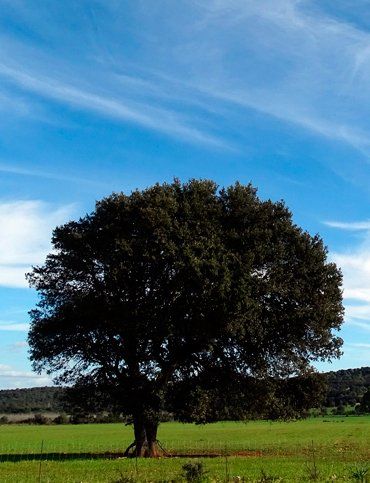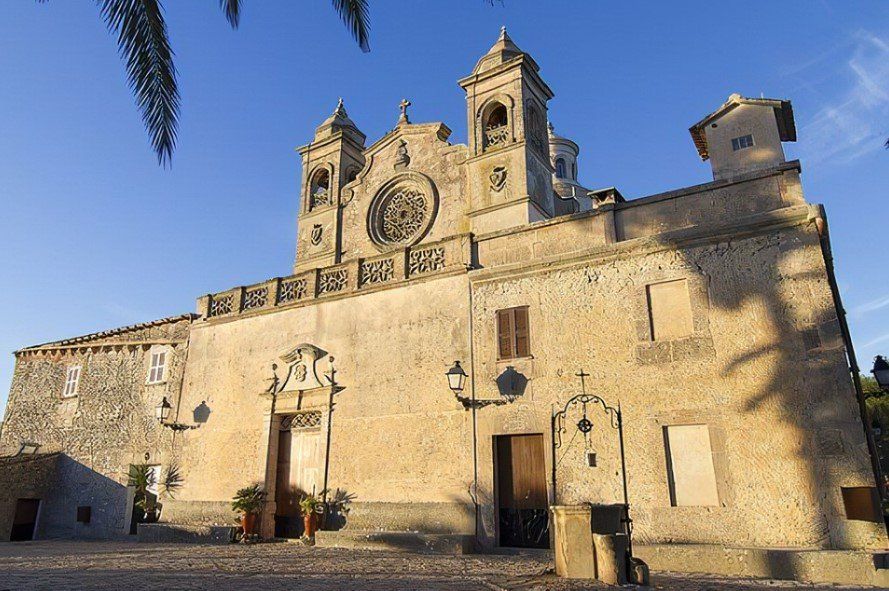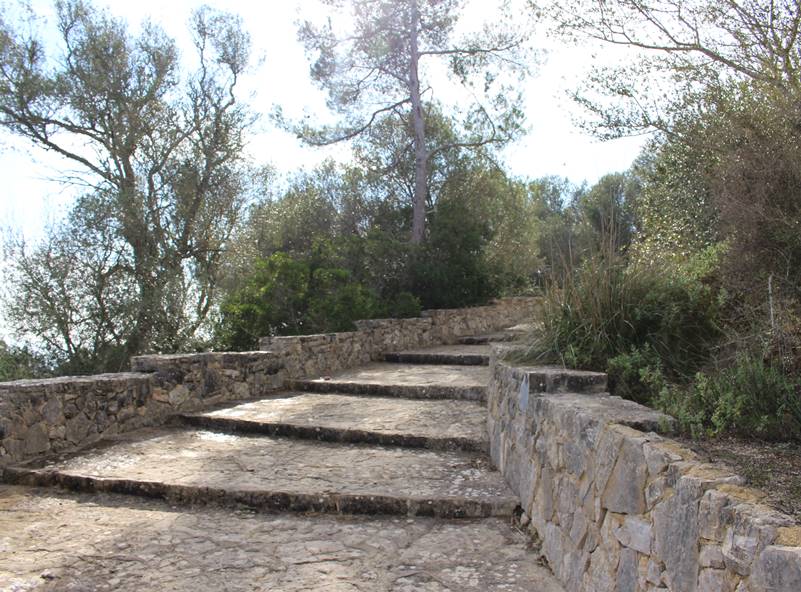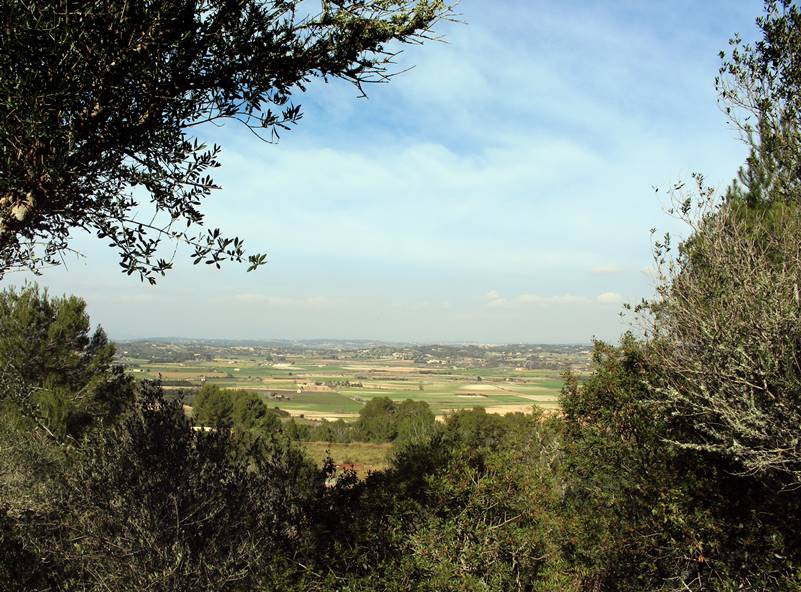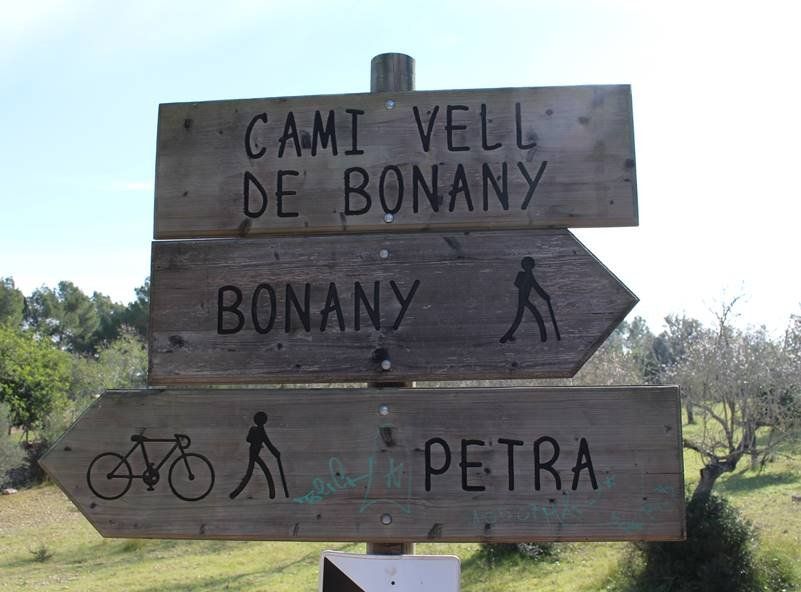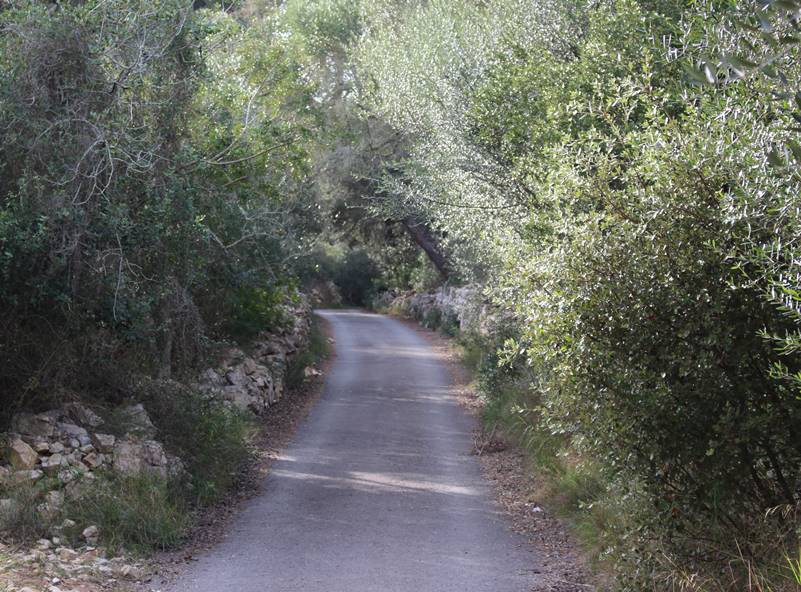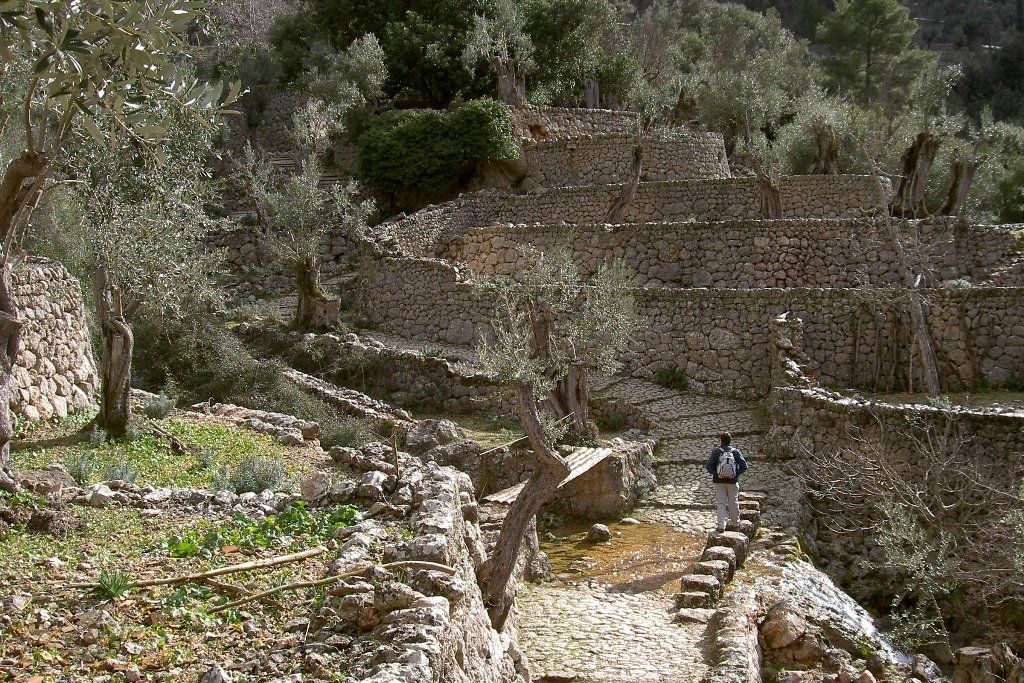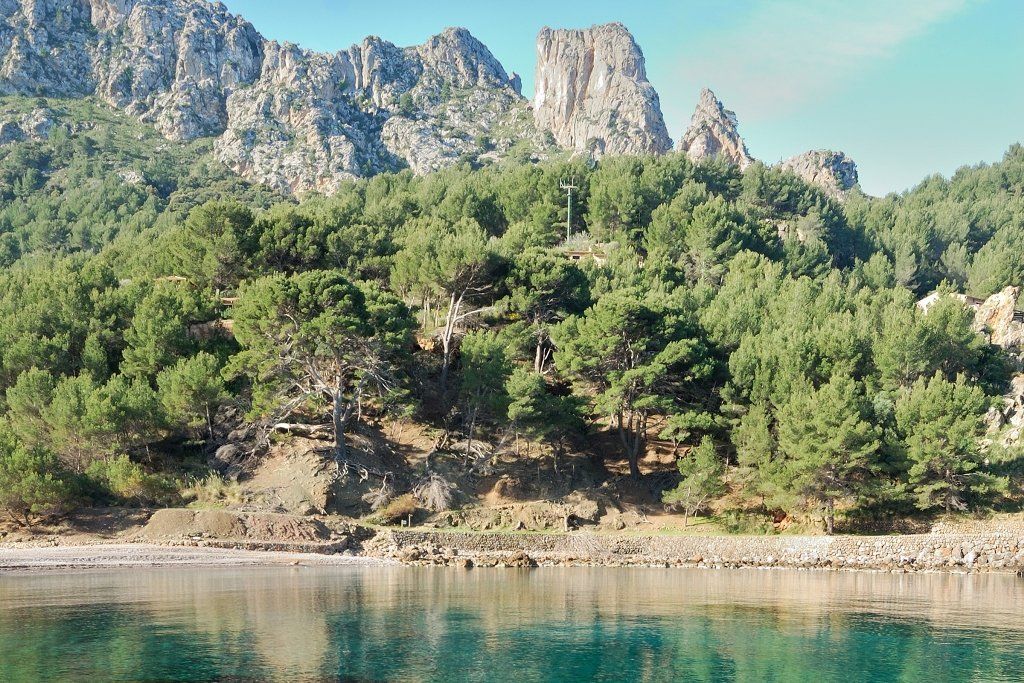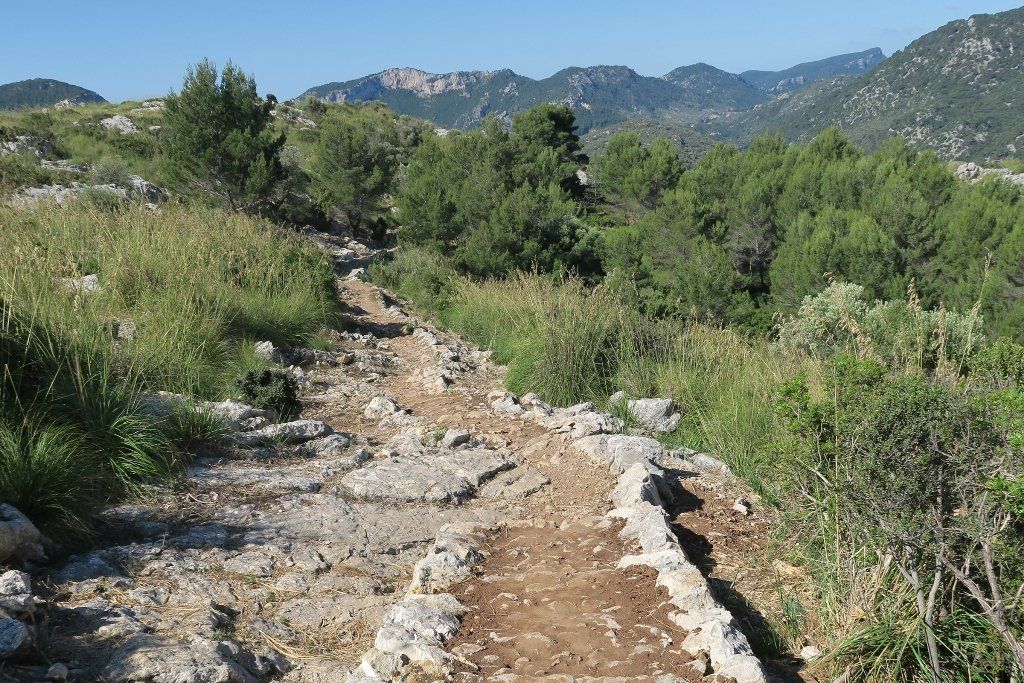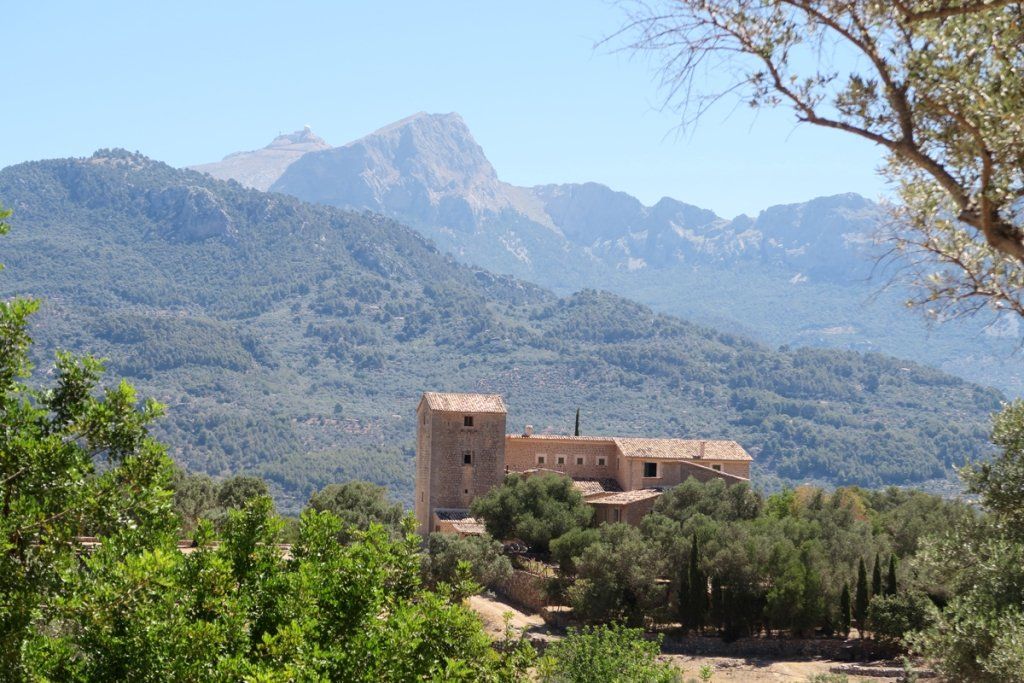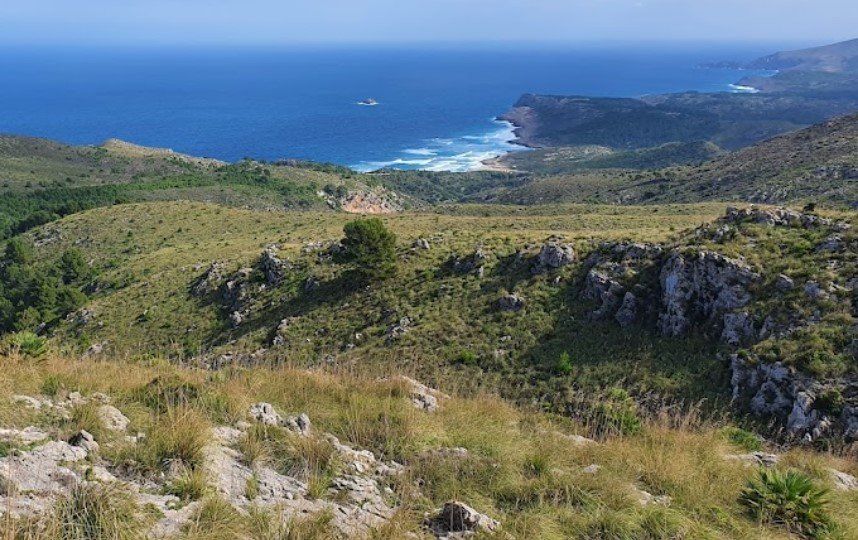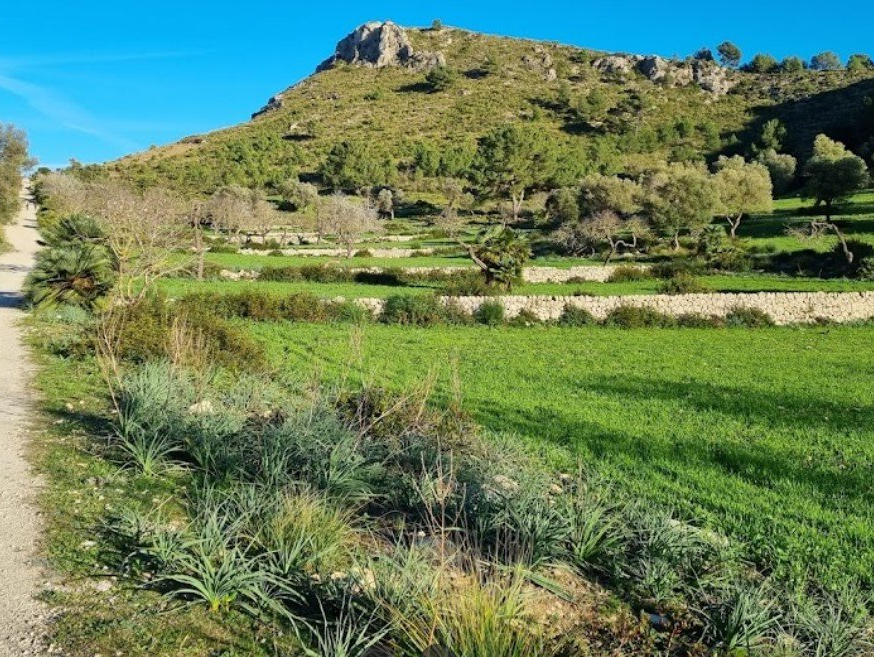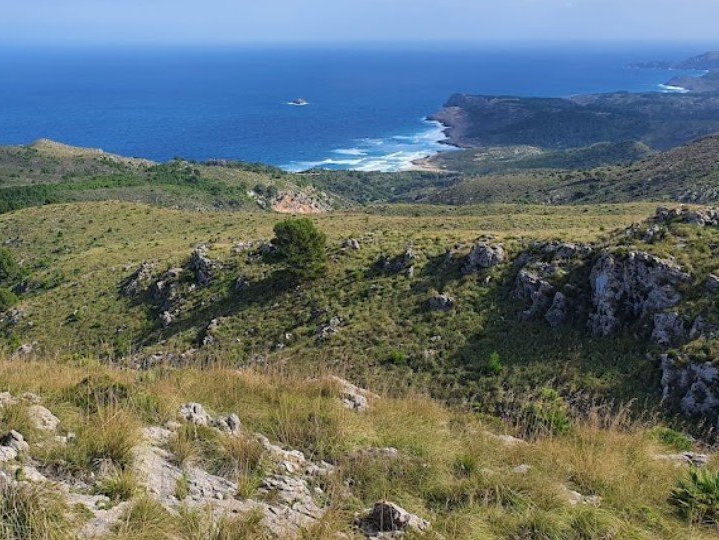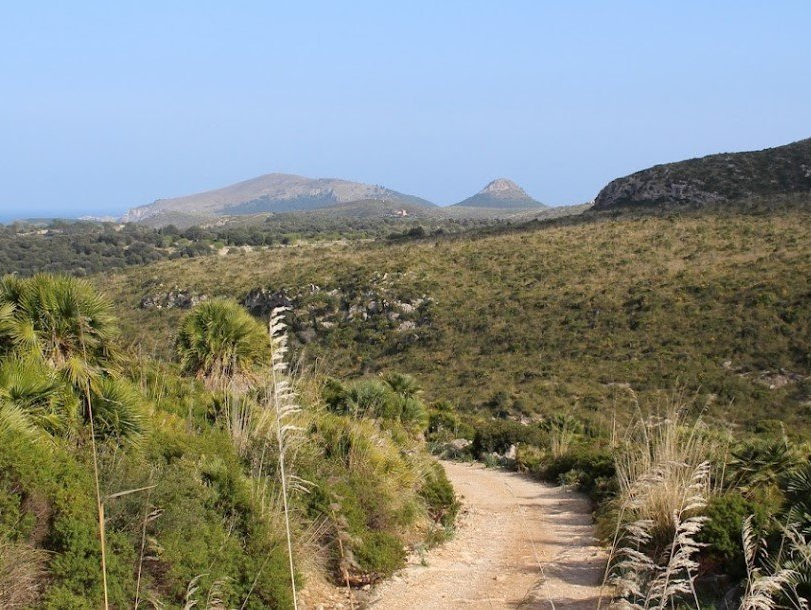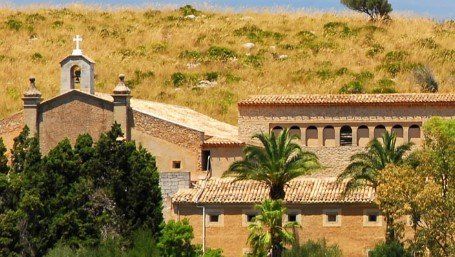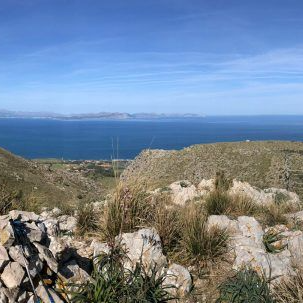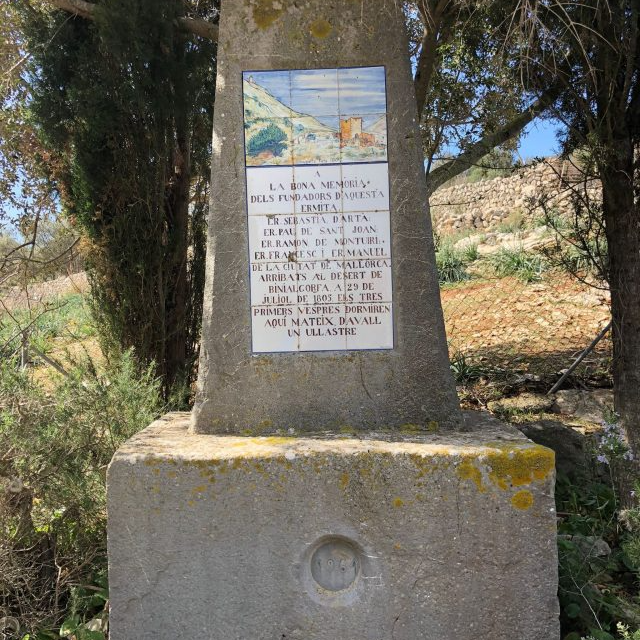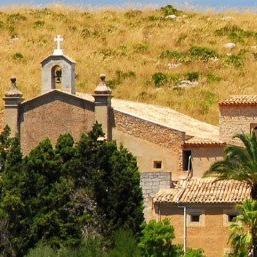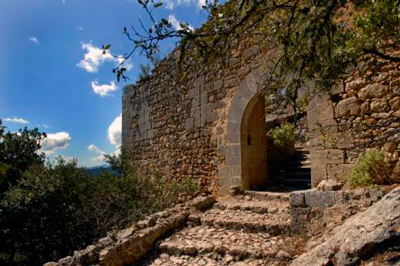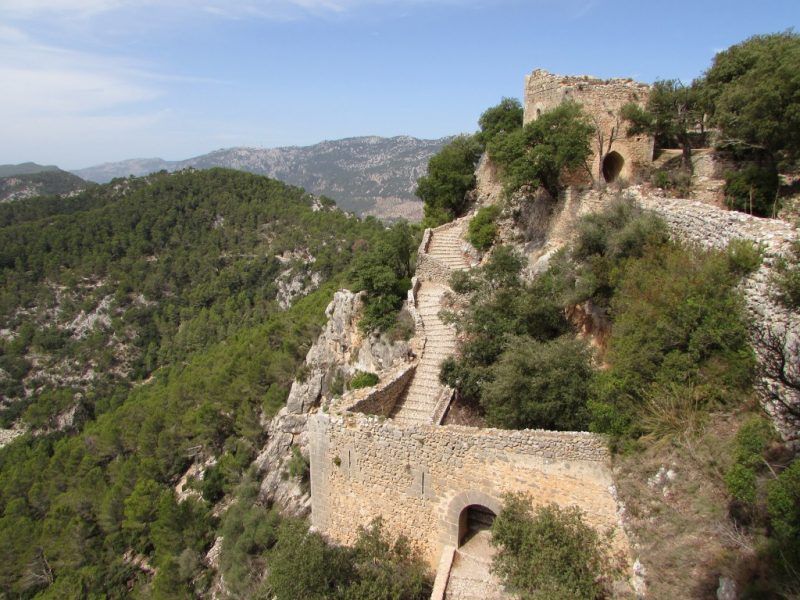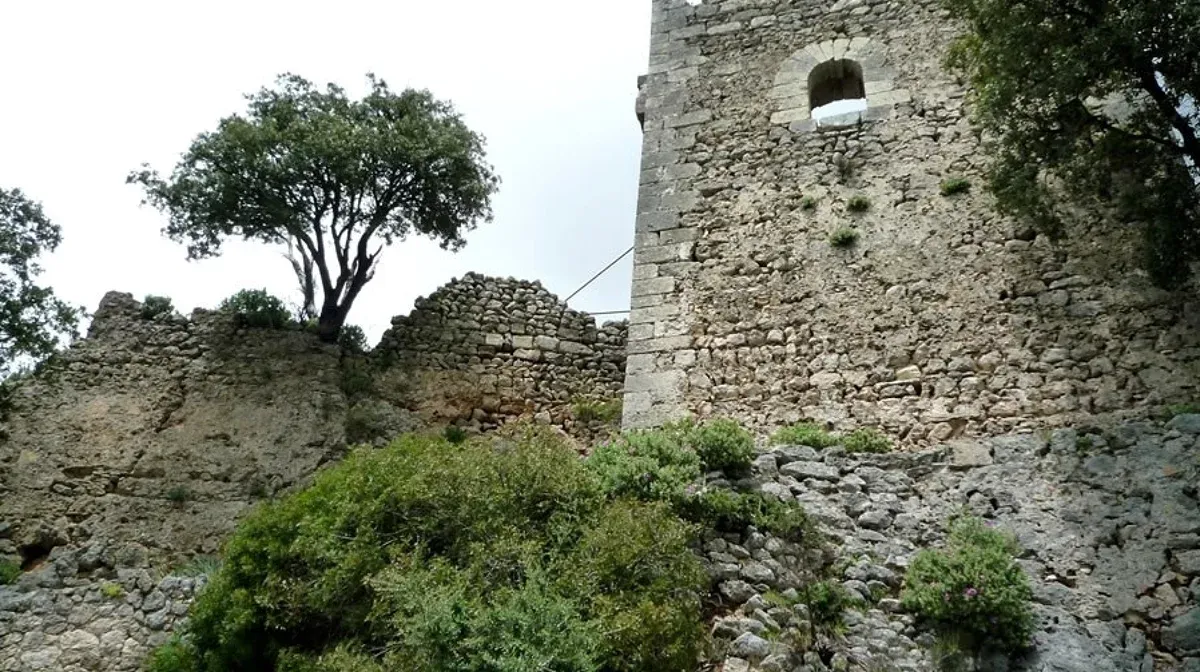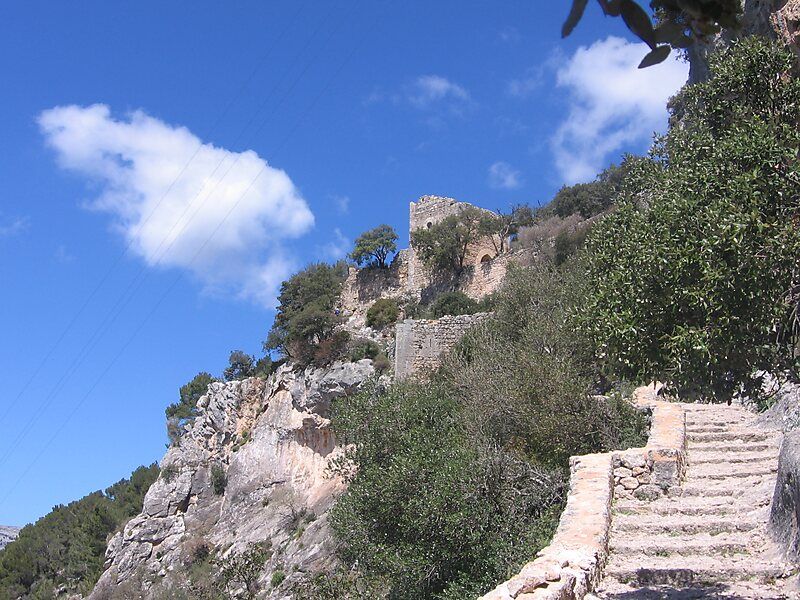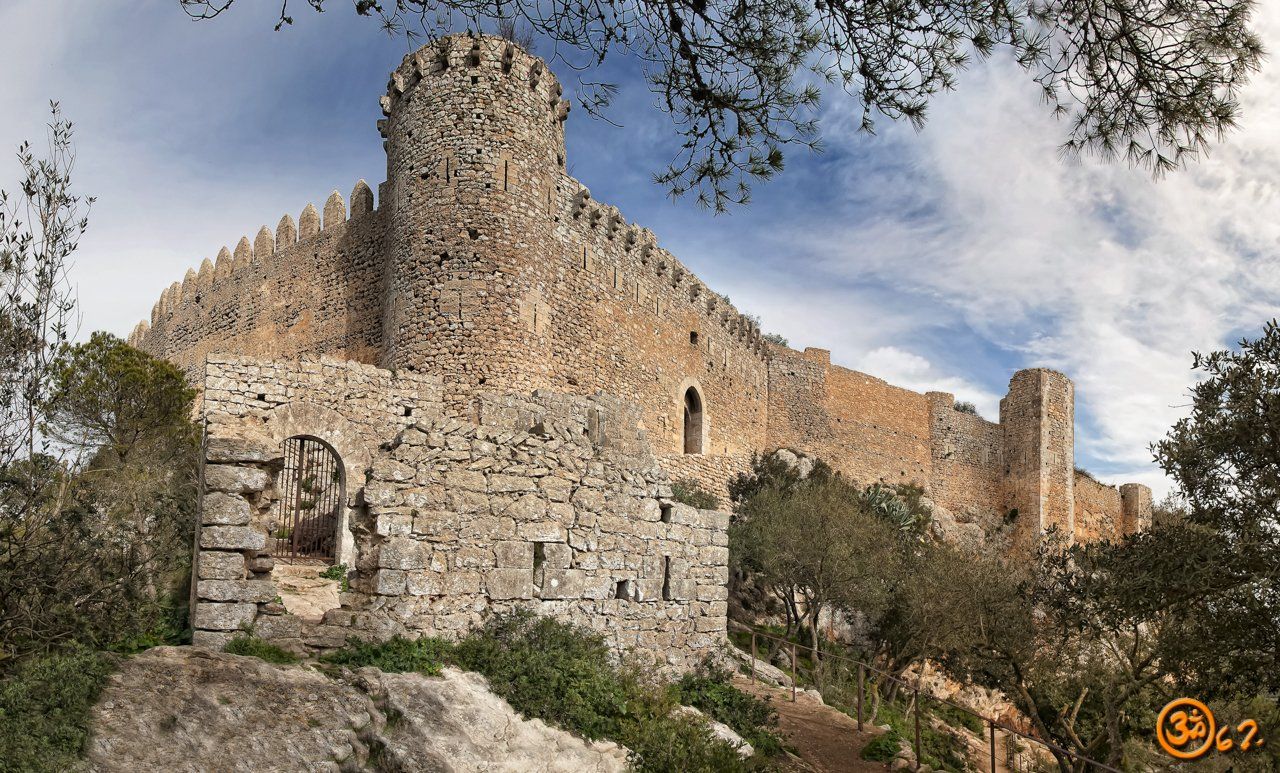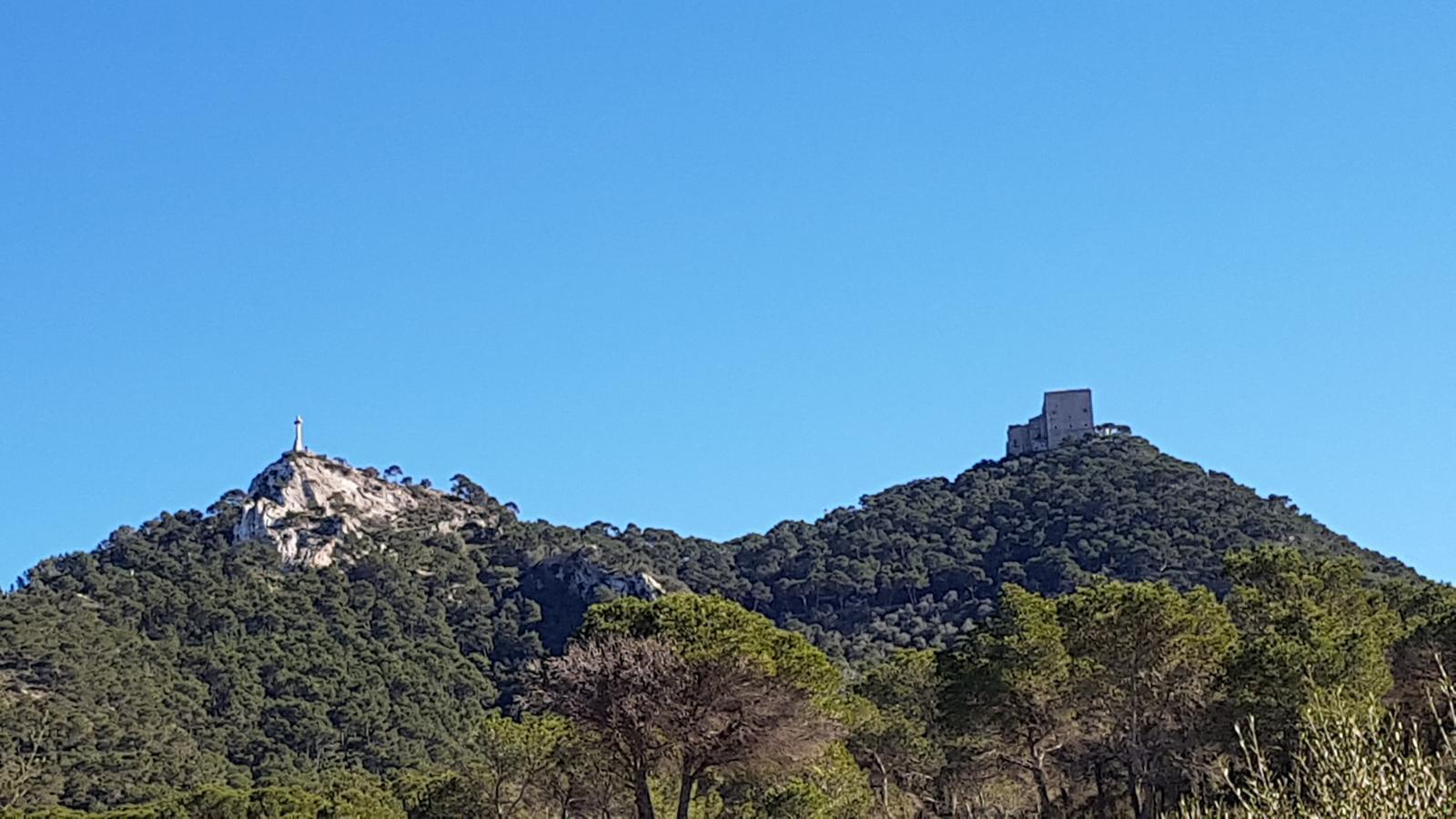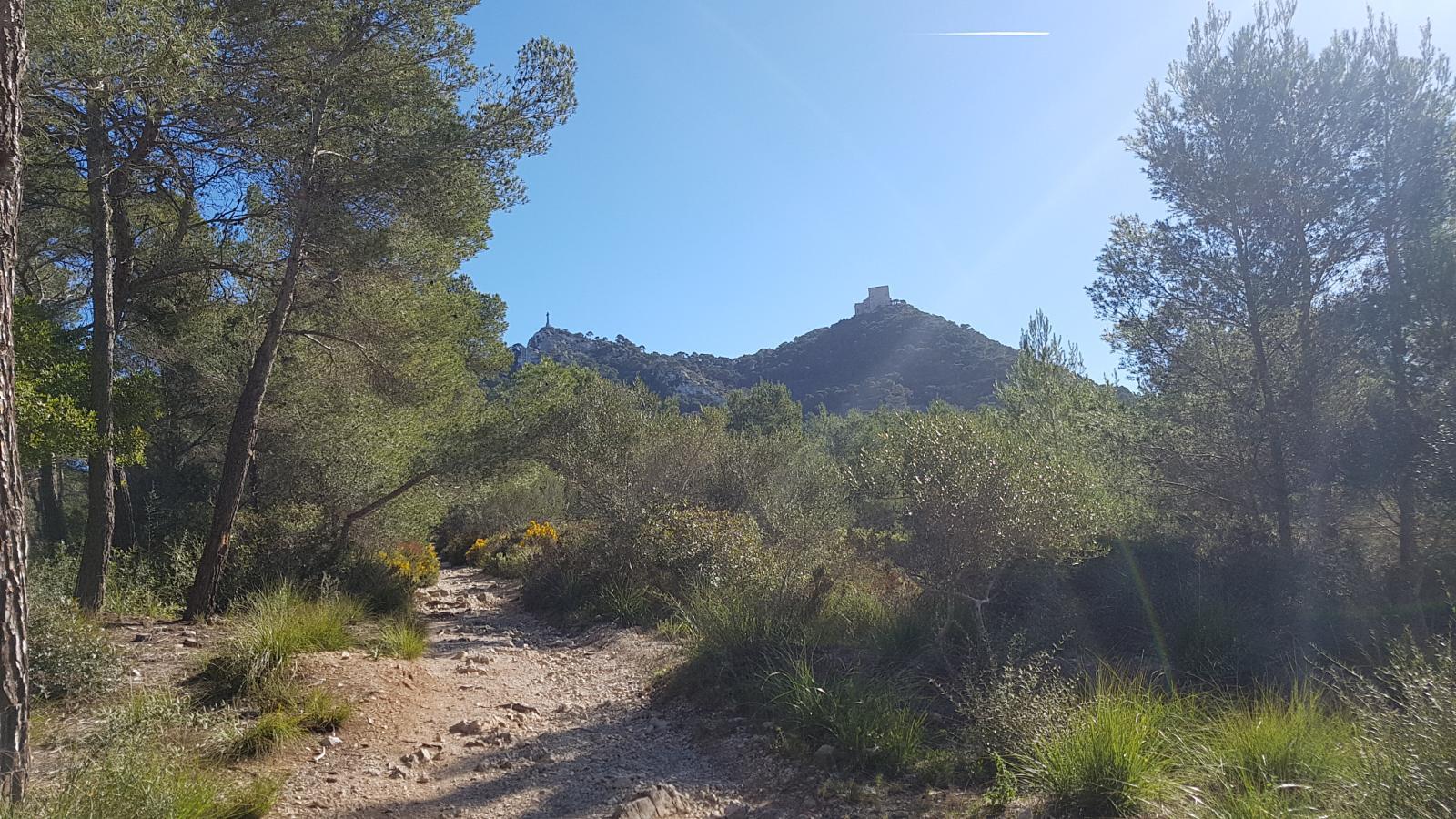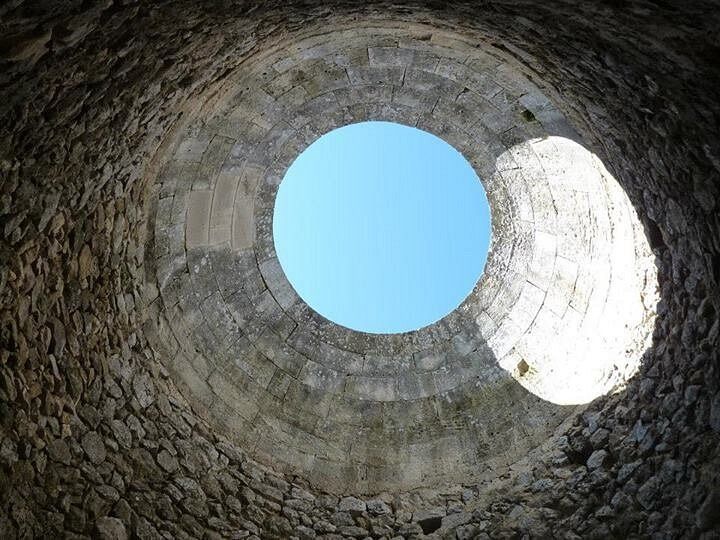🥾 Find Hiking Routes in Mallorca
Popular locations:
Recommended routes
Other Hiking Routes in Mallorca
Mallorca is a paradise for hiking enthusiasts, offering trails that combine sea and mountains, breathtaking views, and a unique natural environment. Here are some of the best routes to explore the island on foot.
🌊 Coastal Trails with Stunning Views
🥾 Sa Foradada Route
📍
Location: Deià
⏳
Duration: 3 hours (round trip)
⚡
Difficulty: Medium
🔹
Description: A scenic trail leading to the iconic
Sa Foradada peninsula, with spectacular views of the Mediterranean Sea.
🥾 Sa Costera Route (Sóller - Cala Tuent)
📍
Location: Sóller
⏳
Duration: 5-6 hours
⚡
Difficulty: Medium
🔹
Description: A coastal path along Mallorca’s northwest shore, featuring stunning sea views and traditional stone landscapes.
🥾 Cala Bóquer Route
📍
Location: Port de Pollença
⏳
Duration: 2 hours (round trip)
⚡
Difficulty: Easy
🔹
Description: A peaceful trail leading to a remote cove, perfect for swimming and nature lovers.
🏔️ Mountain Trails & Amazing Viewpoints
🥾 Puig de Galatzó Hike
📍
Location: Es Capdellà / Puigpunyent
⏳
Duration: 5 hours (round trip)
⚡
Difficulty: High
🔹
Description: A challenging climb to one of the most iconic peaks in the
Serra de Tramuntana, offering breathtaking panoramic views.
🥾 Barranc de Biniaraix Route
📍
Location: Biniaraix (near Sóller)
⏳
Duration: 3-4 hours
⚡
Difficulty: Medium
🔹
Description: A picturesque route through a dramatic gorge, featuring stone-paved paths and small waterfalls.
🥾 Puig Roig Circular Route
📍
Location: Escorca
⏳
Duration: 6 hours
⚡
Difficulty: Medium
🔹
Description: A scenic circular hike around Puig Roig, with incredible views of the sea and surrounding mountains.
⛰️ Historical & Nature Trails
🥾 Torrent de Pareis Route
📍
Location: Escorca
⏳
Duration: 5-6 hours
⚡
Difficulty: High
🔹
Description: One of the most spectacular routes in Mallorca, passing through the
Torrent de Pareis gorge and ending at the
Sa Calobra beach. Due to its difficulty, a guide is recommended.
🥾 Talaia d'Alcúdia & Penya des Migdia Route
📍
Location: Alcúdia
⏳
Duration: 3-4 hours
⚡
Difficulty: Medium
🔹
Description: A panoramic trail with stunning views over the Bay of Pollença and the surrounding mountains.
🥾 Watchtowers Route
📍
Location: Mallorca’s Coastline
⏳
Duration: Varies
⚡
Difficulty: Easy to Medium
🔹
Description: A series of trails connecting the island’s ancient coastal watchtowers, offering a mix of history and breathtaking sea views.
📌 Hiking Tips
✔
Wear proper footwear: Trails include rocky terrain and steep sections.
✔
Bring water and snacks: Not all routes have refreshment points.
✔
Protect yourself from the sun: Use sunscreen, a hat, and sunglasses.
✔
Respect nature: Stay on marked trails and do not leave trash.
✔
Check the weather: Avoid hiking on very hot or rainy days.
🌿 Explore Mallorca at Your Own Pace!
Whether you're looking for easy routes to enjoy with family or challenging trails with spectacular views, Mallorca has options for all levels.
Enjoy the adventure and Mallorca’s unique landscapes! 🌅🏔️

